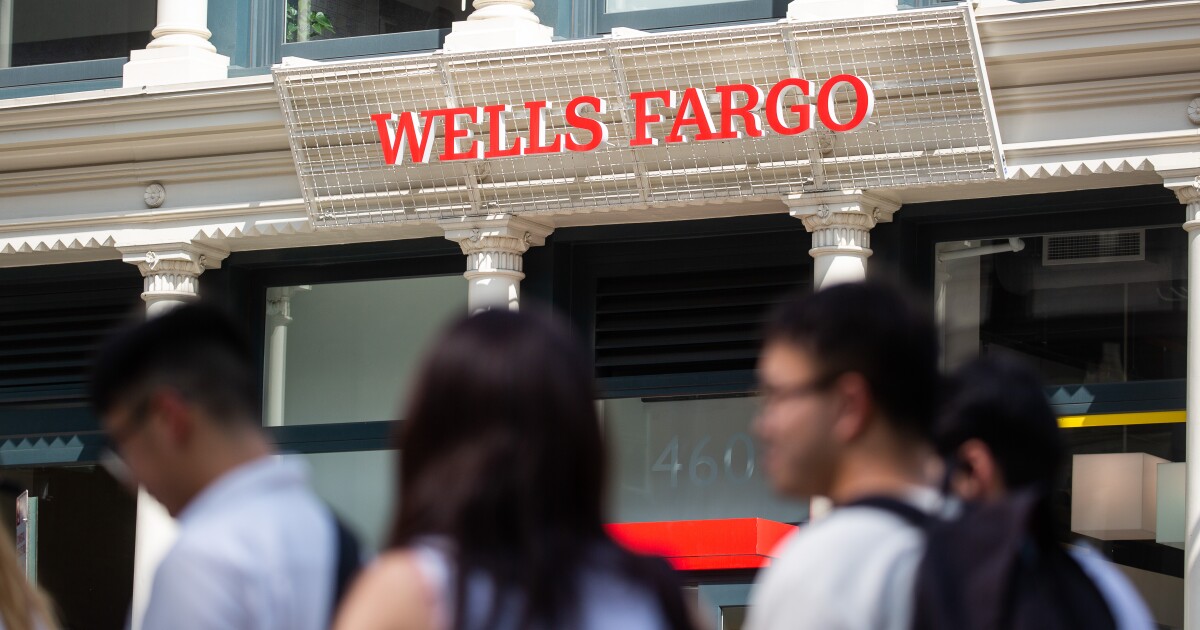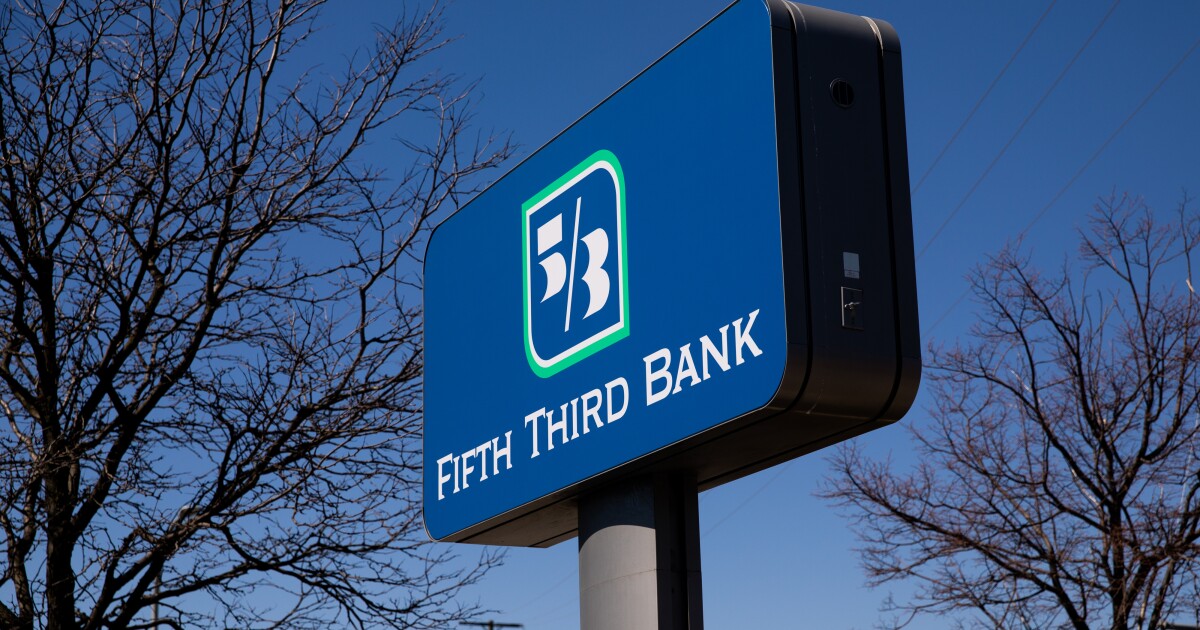UPDATE: This article includes new comments from Wells Fargo’s earnings call and analyst commentary on the bank’s results.
The deposit competition that’s weighed on Wells Fargo’s profits appears to be easing, executives at the megabank said Friday, an optimistic assessment that bodes well for others in the industry.
The pressures are still evident in the bank’s earnings, as net income slid to $5.1 billion in the three months ended Sept. 30, from $5.8 billion a year ago. But Chief Financial Officer Michael Santomassimo pointed to “stabilization” following the Federal Reserve’s interest-rate cut, saying Wells Fargo has been able to trim what it pays depositors without much pushback.
“We believe we are close to the trough,” Santomassimo said Friday.
Deposit costs continued rising for Wells Fargo but at a slower pace than before, as fewer customers switched into higher-paying deposit options. The bank was able to reduce the top interest rates it pays depositors as well, including by lowering the promotional offerings on consumers’ certificates of deposit.
Wells Fargo’s net interest income will still fall sharply this year, with executives projecting a 9% decline. Net interest income fell to $11.7 billion during the third quarter, from $13.1 billion in the year-ago quarter.
But investors had already been anticipating a sharp reduction in net interest income projections, and Wells Fargo appears to be nearing an “inflection point,” Edward Jones analyst Kyle Sanders wrote in a note to clients.
“Overall, we think WFC is building momentum,” Sanders wrote, referring to the company by its stock ticker.
The $1.9 trillion-asset bank’s outperformance in fees also softened the blow of the projected net interest income reduction. Wells Fargo’s stock jumped nearly 6% after the company outperformed analyst expectations, with net income of $1.42 per diluted share surpassing estimates of $1.28 per share.
The bank outperformed expectations even after recording a net loss of 10 cents per share due to a repositioning of the investment securities portfolio. The move mirrors other banks’ swapping of lower-yielding bonds they bought when interest rates were low with newer ones that will pay them more over time.
Noninterest income rose to $8.7 billion from $7.8 billion a year ago, driven by Wells Fargo’s venture capital investments and investment banking fees, a business the company has been overhauling in recent years.
Provisions for credit losses were down 11% from a year ago to $1.1 billion, with lower allowances across most loan portfolios partially offset by a higher allowance for credit card loans that was driven by an increase in balances, the bank said.
Both consumer and commercial customers have “remained resilient,” CEO Charlie Scharf told analysts, though he flagged continued weakness in the office commercial real estate market.
Scharf, who came onboard to overhaul the bank in late 2019, said the company’s “earnings profile is very different” than when he first joined.
Fee-driving businesses have given it more diverse sources of revenue, as has the company’s investments in growing its credit card business, he said. Wells Fargo recently launched two co-branded cards with the travel website Expedia. Other notable highlights include a multi-year auto financing partnership with Volkswagen.
The results came weeks after Wells Fargo was hit with an enforcement action from bank regulators, which cited shortcomings in how the company guards against money laundering. Some investors have since worried that Wells Fargo, which earlier this year looked to be in better shape with regulators, may be further away from getting freed from a regulatory-imposed asset cap.
Bloomberg News reported last month that Wells Fargo submitted an outside review of its reformed operations to the Federal Reserve, a milestone in the company’s work. The Fed imposed the asset cap in 2018 following the bank’s consumer abuse scandals.
The timeline has stretched far beyond what now-ousted executives once hoped. But investors have salivated over the possibility that the Scharf-led turnaround is almost complete, potentially supercharging the bank’s growth. The bank’s stock price has risen more than 20% this year partly over those hopes.
Scharf declined to comment on the timeline for any regulatory actions, telling one analyst that the 2018 order is “very readable” and lays out what Wells Fargo needs to do to satisfy regulators.
“When that’s done, we find out about it, and you find out about it,” Scharf said, adding that the company is “very focused on getting the work done and feel good about our ability to get it done.”











